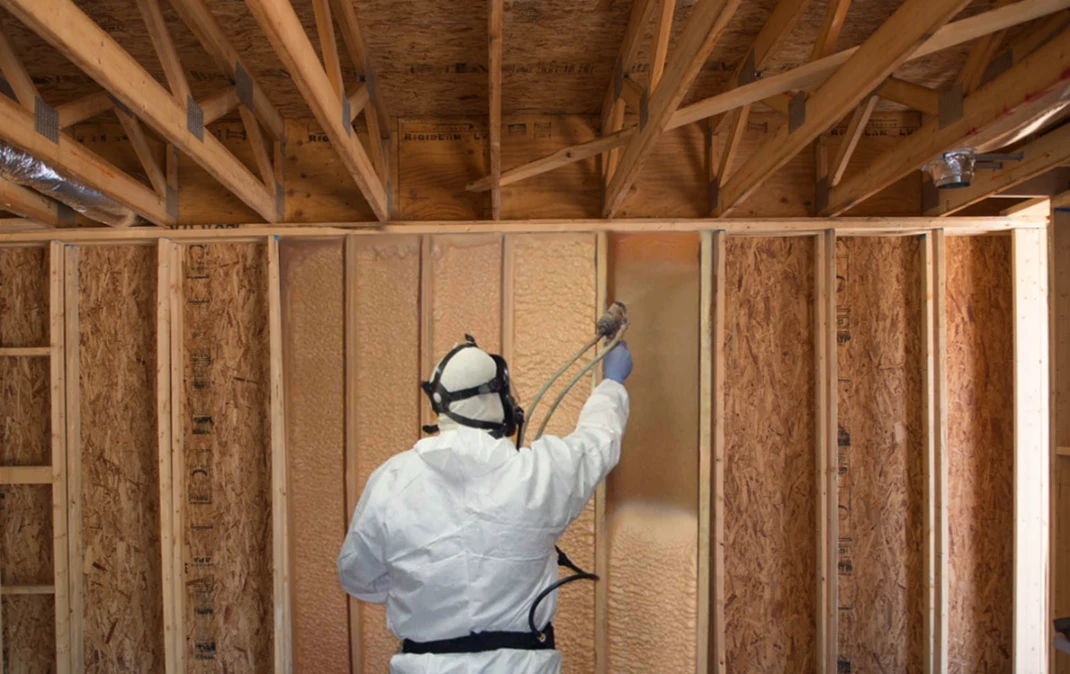
Spray foam insulation has gained popularity as an effective insulator for residential and commercial buildings. It enhances energy efficiency and provides an airtight seal. However, while it has many benefits, it also comes with notable drawbacks. Understanding the negatives of spray foam insulation is crucial for homeowners and businesses in Olympia, WA, to make informed decisions about their insulation needs.
One of the most significant downsides of spray foam insulation is its high upfront cost compared to traditional insulation materials like fiberglass or cellulose. The cost is influenced by:
Although it offers long-term energy savings, the initial investment can be a barrier for budget-conscious property owners.
Spray foam insulation is not a DIY-friendly project. It requires professional application due to the following factors:
Incorrect installation can lead to poor performance, air leaks, and even structural damage.
Spray foam insulation contains polyurethane-based chemicals, which release volatile organic compounds (VOCs) during the curing process. Exposure to these fumes can cause:
Proper ventilation and waiting periods after installation are necessary to allow the fumes to dissipate before occupying the space.
Spray foam expands upon application, and if applied incorrectly, it can lead to:
This issue underscores the need for experienced professionals to handle the installation.
Although closed-cell spray foam is moisture-resistant, open-cell spray foam can absorb water, leading to mold growth and structural issues. Key concerns include:
Proper moisture control and ventilation strategies are essential to mitigate these risks.
Once spray foam insulation is installed, removal is challenging. Unlike traditional insulation that can be replaced relatively easily, removing spray foam requires:
This makes it a less flexible option for property owners planning future renovations.
Spray foam insulation has raised environmental concerns due to:
While newer formulations have reduced environmental impact, sustainability remains a concern.
Spray foam insulation is flammable, especially before it fully cures. To mitigate fire risks, it requires:
Improper installation near heat sources can increase the risk of fire hazards.
Over time, some spray foam formulations may shrink, leading to:
Regular inspections and maintenance can help identify and address these issues before they become significant problems.
Some homeowners report persistent odors from spray foam insulation, especially if the chemicals were mixed incorrectly during application. These odors can be difficult to eliminate and may require professional remediation.
| Feature | Spray Foam | Fiberglass | Cellulose |
| Cost | High | Low | Moderate |
| Installation | Professional required | DIY possible | DIY possible |
| Energy Efficiency | Excellent | Moderate | Good |
| Moisture Resistance | Varies | Low | Moderate |
| Environmental Impact | Moderate | High | Low |
| Longevity | 20+ years | 10-15 years | 15-20 years |
Spray foam insulation offers excellent energy efficiency, but it comes with drawbacks such as high costs, complex installation, and potential health concerns. Homeowners and businesses in Olympia, WA should carefully consider these factors before choosing spray foam insulation.
For those interested in professional guidance on insulation solutions, Capital City Spray Foam of Olympia provides expert services tailored to the unique needs of Olympia, WA residents. Contact Us for a consultation today.
Spray foam insulation can last 20 years or more, but regular inspections are necessary to check for shrinkage or damage.
Once fully cured, spray foam is generally safe. However, the installation process releases chemicals that can be harmful if inhaled.
Yes, improper expansion can lead to bulging walls or damaged ceilings, emphasizing the need for professional installation.
Persistent odors may indicate improper chemical mixing. Consulting a professional for assessment is recommended.
Yes, open-cell spray foam has good soundproofing qualities, but it is not as effective as dedicated acoustic insulation materials.
Yes, but retrofitting challenges such as existing moisture issues or structural compatibility should be evaluated beforehand.
Some formulations have high global warming potential (GWP) due to HFCs, but newer eco-friendly options are available.
While it improves energy efficiency, potential buyers may be wary of removal challenges and long-term performance issues.
Unlike fiberglass, spray foam does not attract rodents as it is not a food source, but pests can still nest in gaps.
Spray foam is effective in both hot and cold climates, but proper ventilation is necessary in humid regions to prevent moisture retention.